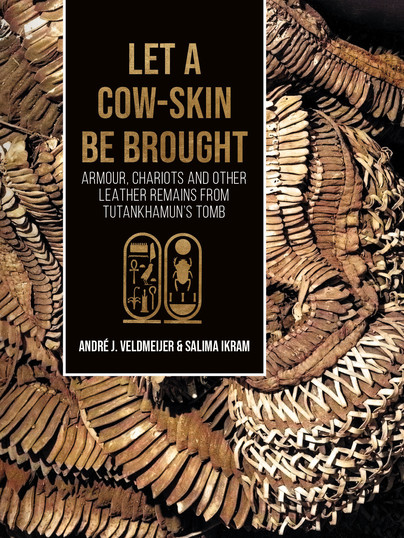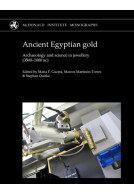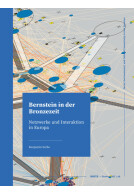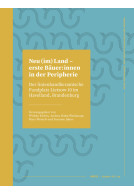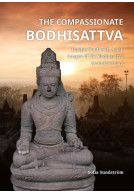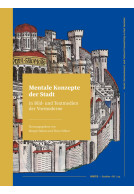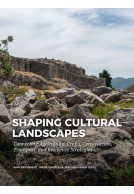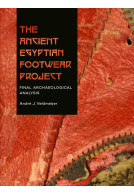Google Books previews are unavailable because you have chosen to turn off third party cookies for enhanced content. Visit our cookies page to review your cookie settings.
Let a cow-skin be brought (Paperback)
Armour, Chariots and Other Leather Remains from Tutankhamun’s Tomb
Imprint: Sidestone Press
Pages: 150
Illustrations: 25+ b/w / 100+ full colour
ISBN: 9789464260984
Published: 31st December 2024
Script Academic & Professional
Pages: 150
Illustrations: 25+ b/w / 100+ full colour
ISBN: 9789464260984
Published: 31st December 2024
Script Academic & Professional
This book will be reprinted and your order will be released in due course.
You'll be £45.00 closer to your next £10.00 credit when you purchase Let a cow-skin be brought. What's this?
+£4.99 UK Delivery or free UK delivery if order is over £40
(click here for international delivery rates)
Need a currency converter? Check XE.com for live rates
(click here for international delivery rates)
Need a currency converter? Check XE.com for live rates
One hundred years ago, Howard Carter, working for Lord Carnarvon, made one of the most important archaeological discoveries of all times in the Valley of the Kings (Luxor, Egypt): the nearly intact tomb of the Egyptian pharaoh Tutankhamun (ca. 1335-1325 BC). In addition to the king’s body, the tomb contained well over 5000 objects, which were recovered, conserved and recorded by Carter and his team. The fabulous treasures, such as the gold coffins, funerary mask, jewellery, as well as the six near complete chariots are well known. The tomb, however, yielded a wide variety of objects, both sacred and secular, including some that are less elaborately decorated with precious materials but which are, from a scientific point of view, perhaps even more interesting (and enigmatic). Many objects from the tomb still remain unstudied; those that have been published consist of specific groups, for example: thrones, chairs and stool; the bows; musical instruments; game boxes; the small gold shrine or the stone vessels. This work examines the tomb and its contents through an unusual lens: leather and other animal soft tissue products that were used in creating some of the tomb’s contents. Through a study of these artefacts, the reader is guided through the surprising and complex world of leatherworking in ancient Egypt, focussing on the numerous different objects from the tomb that are either made entirely from or include leather, such as the chariots and their accoutrements, weapons, gloves, as well as hitherto unpublished finds, as among which leatherworking tools. This approach offers new insights in ancient Egyptian technology as well as in the production and use of specific materials and objects. The findings are discussed in the wider framework of the development and organisation of the leather industry in New Kingdom Egypt.
Customers who bought this title also bought...
Other titles in Sidestone Press...







